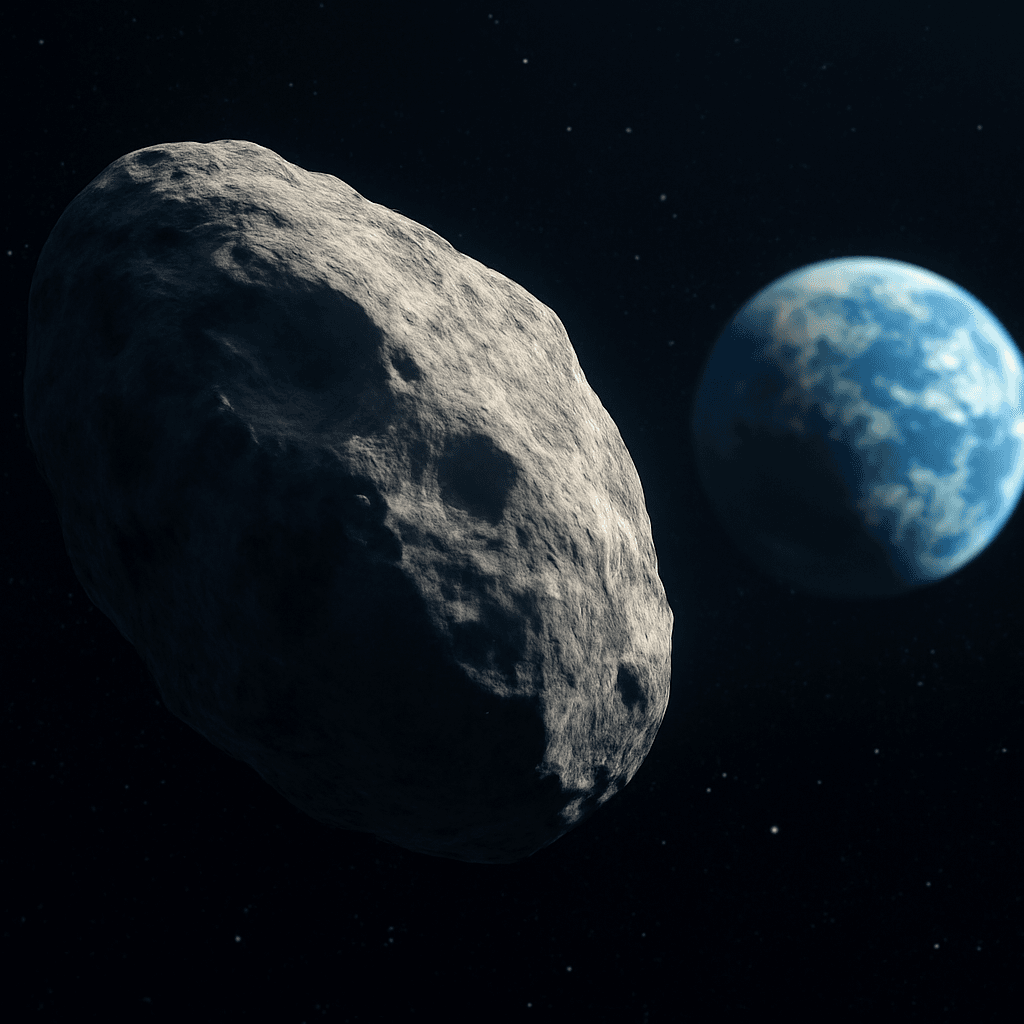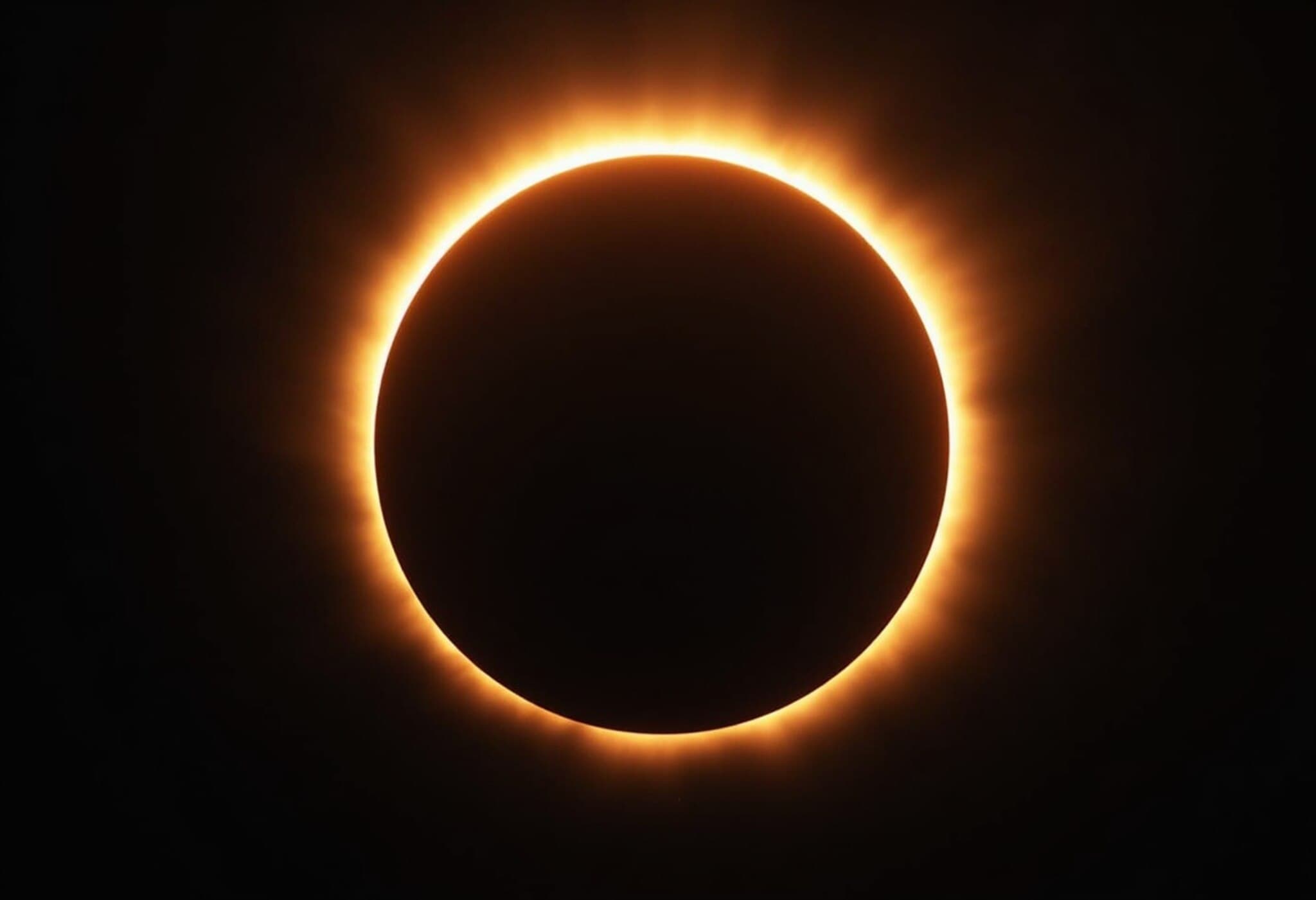Visual Glitch Unveils Hidden Spiral Within the Oort Cloud
For decades, the Oort Cloud has been regarded as a distant, spherical shell surrounding our solar system, a vast reservoir of icy bodies and comets barely touched by the Sun’s gravity. Recently, however, an accidental discovery during the creation of a space-themed show revealed a surprising new detail—an intricate spiral pattern was spotted inside this enigmatic cloud.
How a Simple Animation Led to a Stunning Revelation
While preparing the visuals for "Encounters in the Milky Way," a dome show that premiered at New York City's Hayden Planetarium, the creative team noticed something unexpected. As they reviewed the computer-generated animation of the Oort Cloud, a spiral formation appeared within what was believed to be a smooth, spherical shape.
This anomaly immediately caught the eye of astronomers and animators alike. Though unintended and born from a visual glitch, the spiral resembled that of a galaxy, stirring both curiosity and excitement.
Experts Confirm the Spiral Is Real, Not Just a Glitch
Initially skeptical, astrophysicist Jackie Faherty described her surprise: "We hit play on the scene, and immediately we saw it. It was just there. It felt strange—I wasn’t sure if it was an artifact or real." Her uncertainty mirrored that of David Nesvorny, a leading Oort Cloud researcher from the Southwest Research Institute in Boulder, Colorado.
After revisiting the data, Nesvorny confirmed that the spiral was indeed a genuine structure, not merely a rendering error. "It was a weird way to discover something," he admitted. "Having worked with this data for years, I should have noticed it earlier." His findings, detailed in a recent scientific publication, herald a new understanding of the distant outskirts of our solar system.
The Galactic Tide: Sculptor of the Spiral
The spiral pattern emerges due to the influence of the galactic tide—the subtle gravitational pull exerted by the Milky Way itself. While the Sun’s gravity governs the inner solar system, its grip weakens dramatically at the edges, allowing the galaxy’s forces to twist and shape objects in the Oort Cloud.
This gravitational interplay causes orbiting bodies to deviate from simple paths, winding into spiral arcs rather than forming a plain sphere. Understanding this pattern sheds light on how far-flung solar systems evolve over time and how cosmic environments interact within our galaxy.
Why This Discovery Matters
- New perspective on solar system boundaries: The discovery challenges long-held assumptions about the shape and dynamics of the Oort Cloud.
- Insight into galactic gravitational effects: Shows how the Milky Way influences distant solar system bodies.
- Implications for planetary science: Helps scientists refine models of solar system formation and evolution.
From a mere glitch in a planetarium animation to a breakthrough in space science, this unexpected spiral in the Oort Cloud invites us to reconsider the infinite complexity lurking at the fringes of our cosmic neighborhood.











